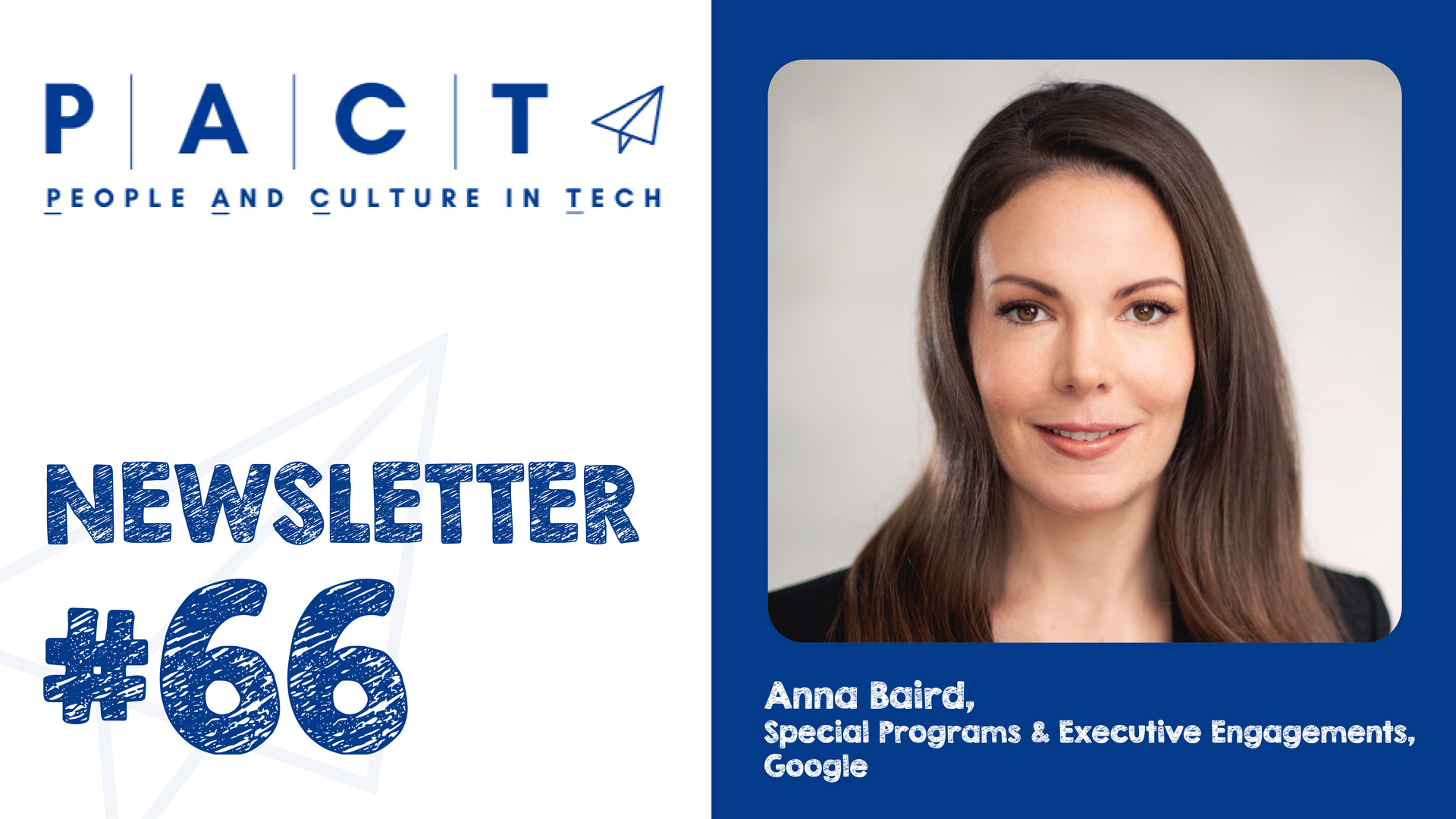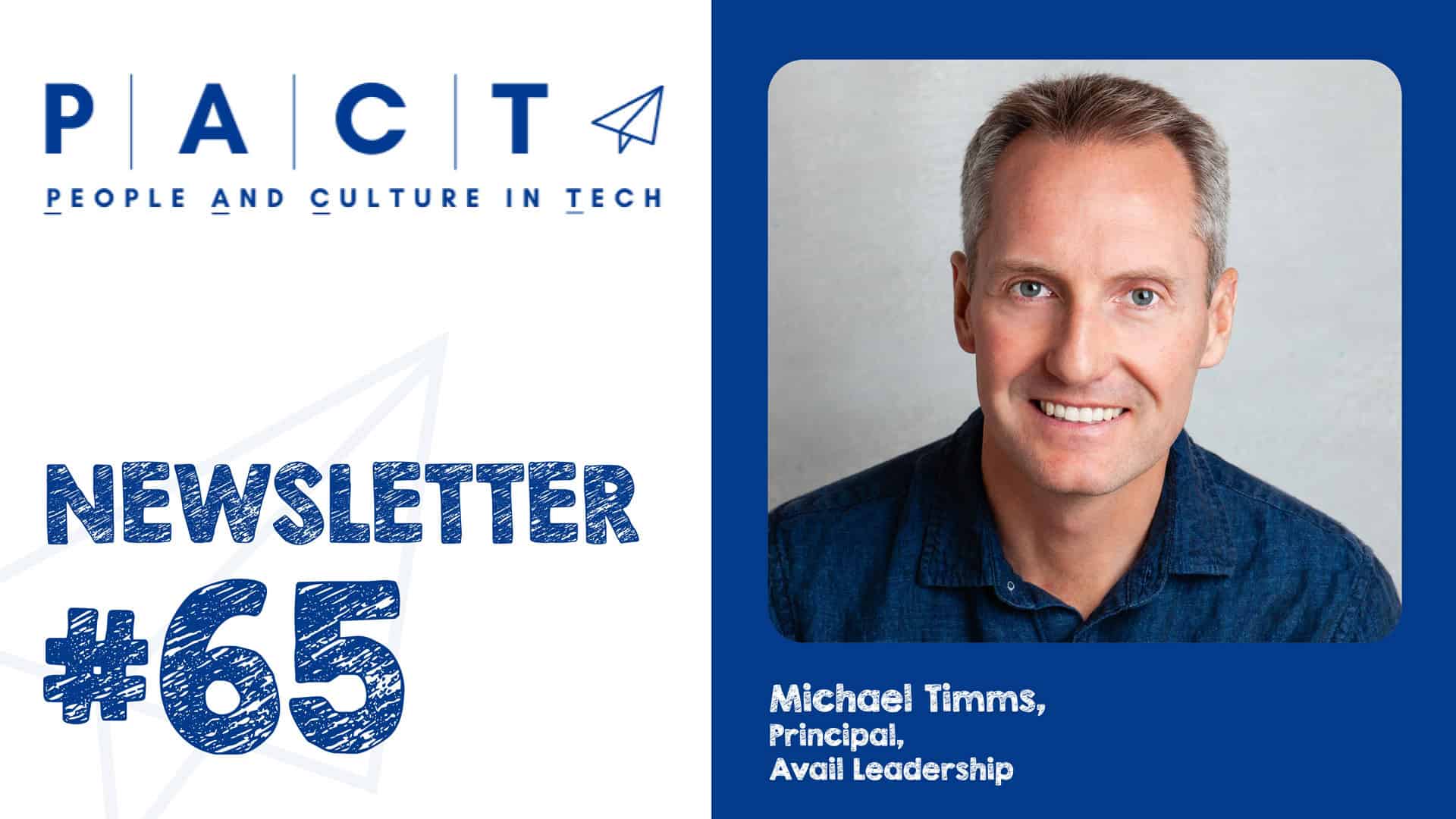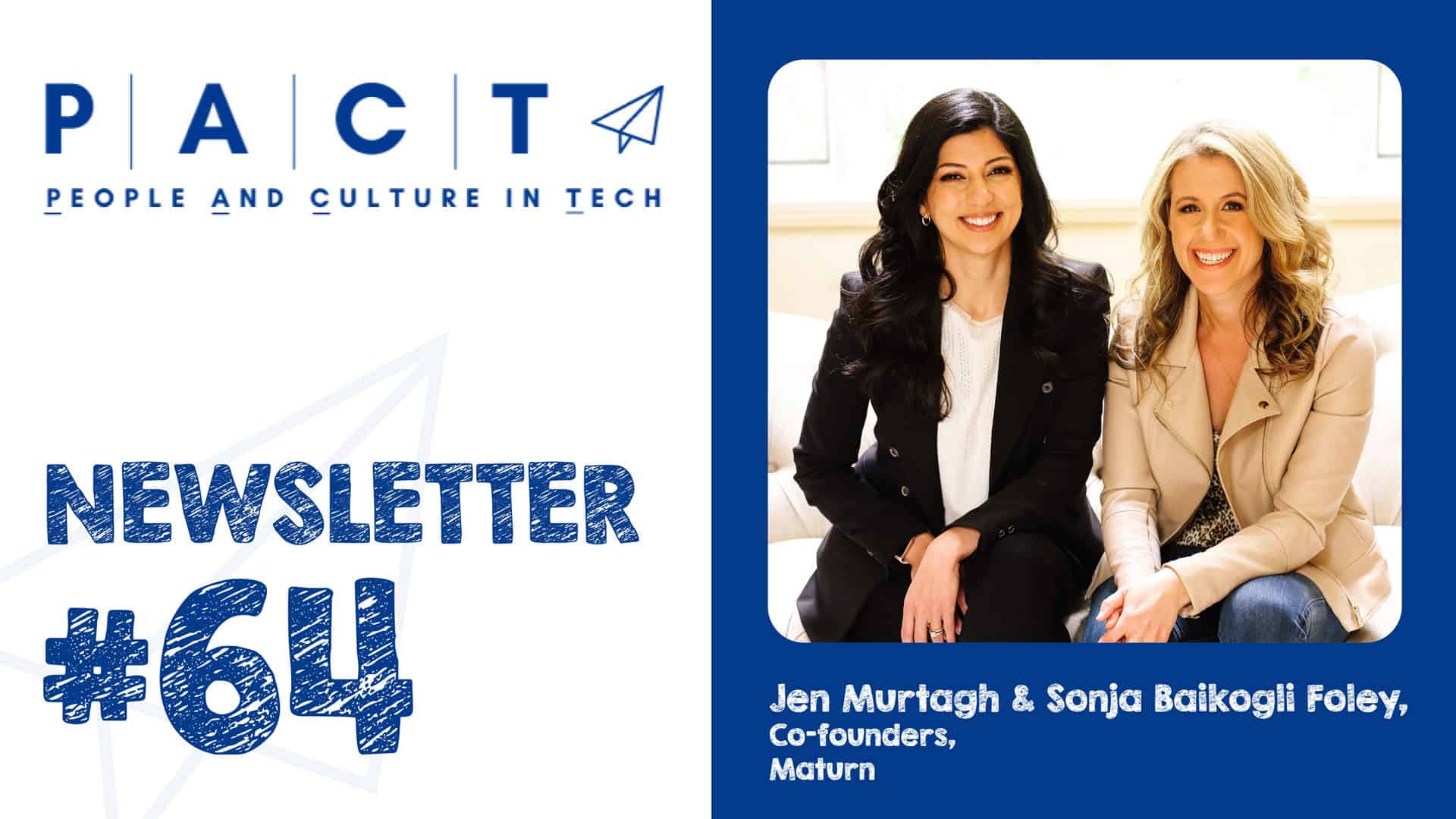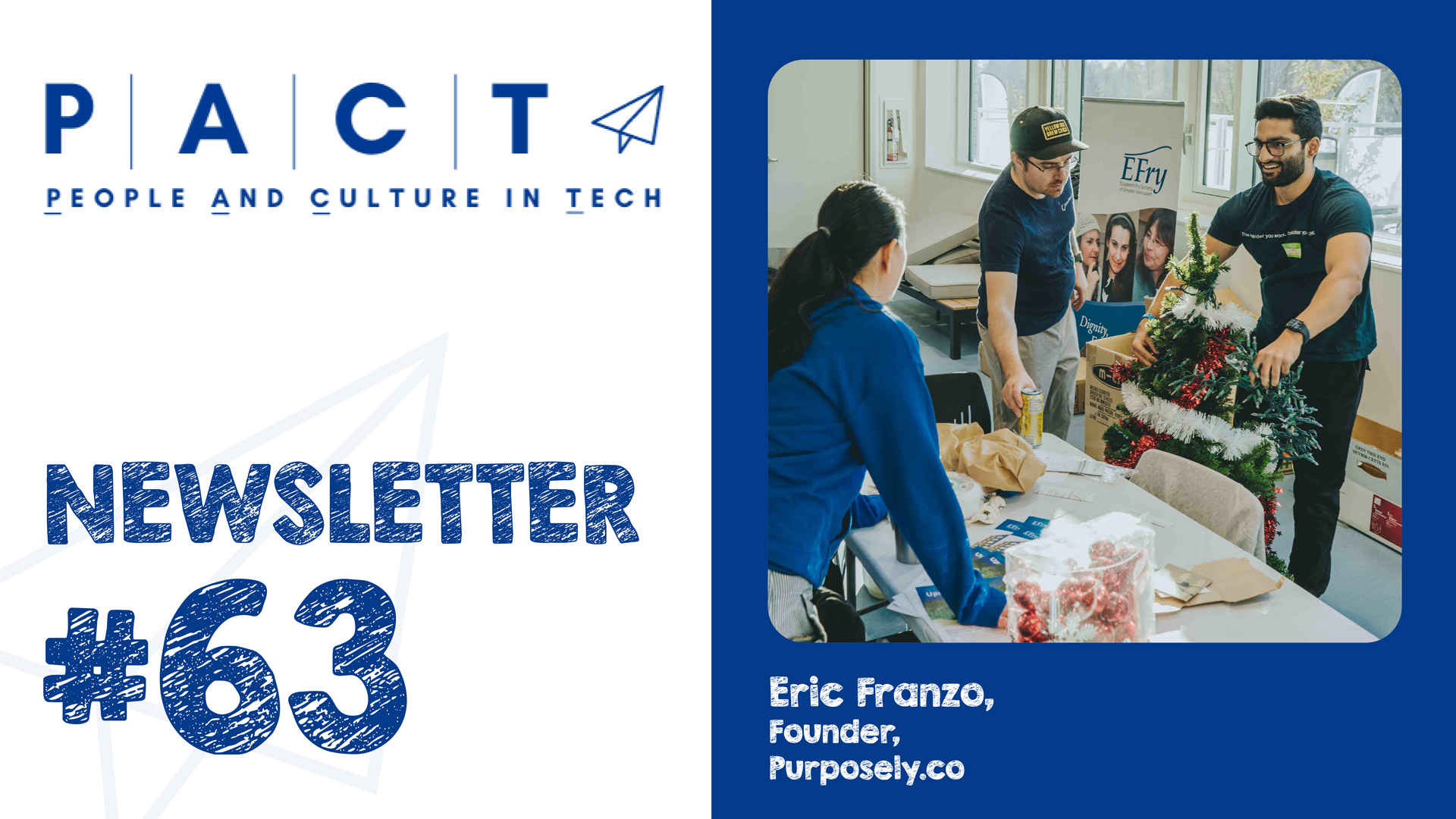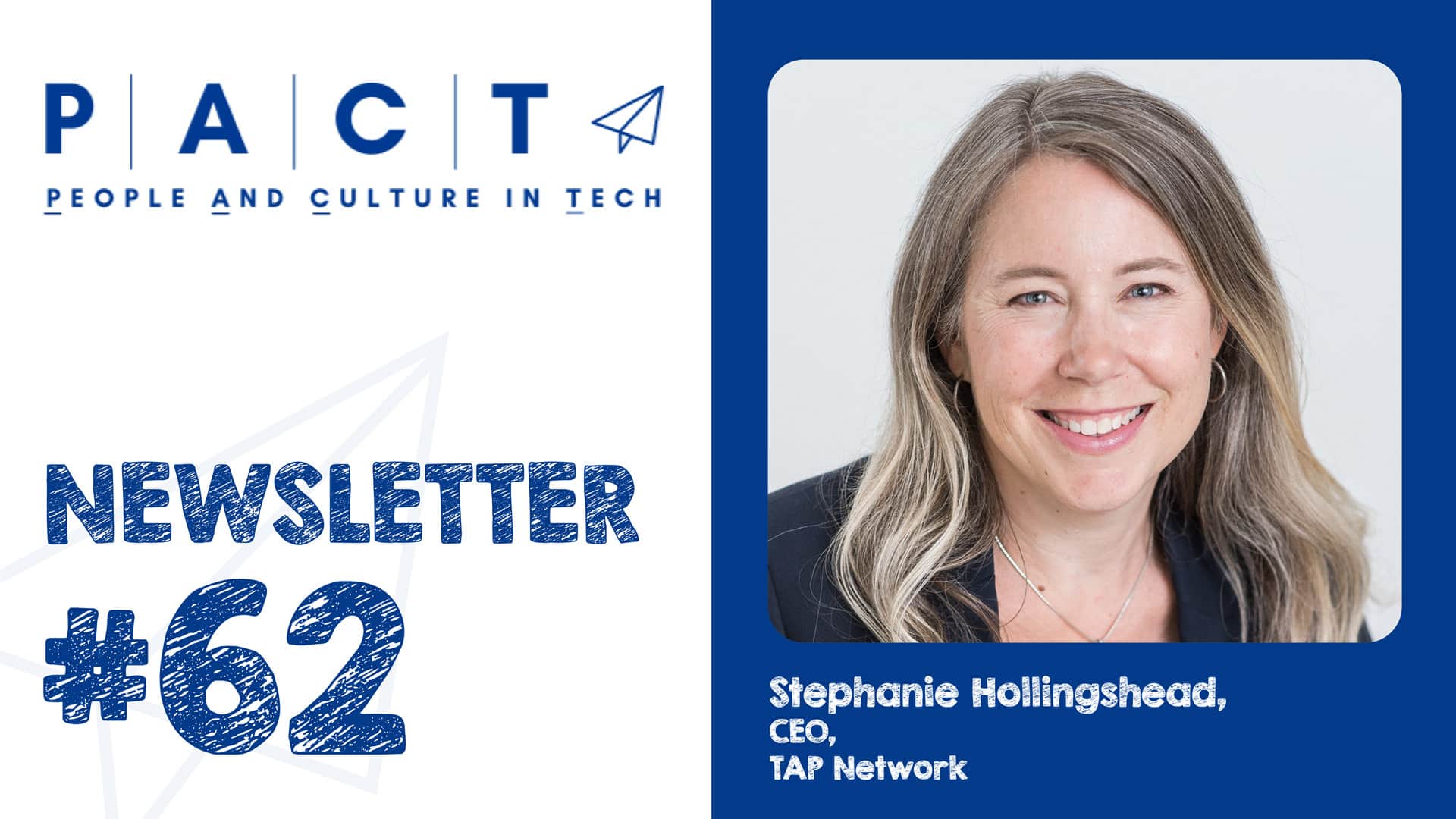Paul Rubenstein on the power of data to change workforce representation
Bonnie Elgie
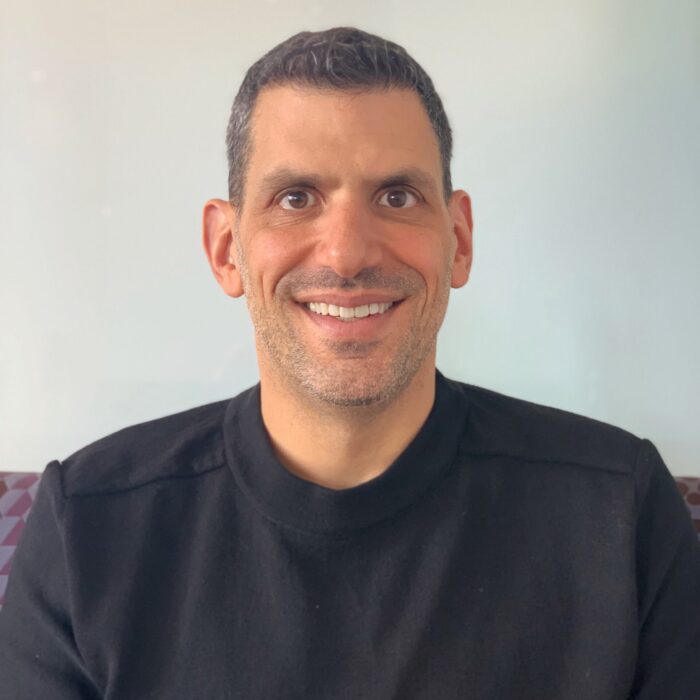
HR professionals in the tech sector are talking about diversity and inclusion (D&I) in 2021. It’s essential that we move toward greater equity in the workplace, but how do you go from talking to implementing measurable change?
In terms of diversity this last year has shown us that it’s a social imperative. The Black Lives Matter marches reflect that the world expects equality and fairness. Employees want a workplace that is modern and inclusive. A recent Edelman research finding tells us that 60% of customers will boycott companies whose values don’t align with theirs.
Paul Rubenstein, Chief People Officer with Visier, explains how people analytics can provide powerful insights so you can start making data-driven decisions for your company and begin setting and reaching D&I targets.
So, what exactly is people analytics? Also referred to as HR analytics or workforce analytics, people analytics is all about the data your company has about people and how it’s used to answer important questions for your business.
“We live in the golden age of people data.”
Paul explains, “There are important patterns to be discovered within data and right now we are in a data renaissance.” He continues, “People analytics helps to find patterns across data so that you can make better decisions. It’s similar to what they do with data in marketing — if you live in A, earn B and drive C, you’re likely to also purchase X, Y and Z.”

Think about the rich digital footprint created this past year after everyone turned to Zoom for meetings during the pandemic. Paul points out that within your own organization you could see who’s meeting with whom, and as equally telling, who isn’t meeting and is stranded.
Rubenstein says, “For an organization, this meeting information has profound implications for analyzing inclusion data,” and goes on to suggest that we all start looking critically at our networks, adding that the power to curate a meeting is huge. Who do you include, or not include in a meeting? After all, collaboration among individuals with diverse points of view brings greater possibilities and innovations in tech.
People analysis can also help HR teams understand the employee experience better than ever before. Remember the outmoded practice of a once yearly employee survey and the months it took to analyze the data? Technology now allows for us to continuously listen to employees. Engagement can truly become part of the workflow.
When it comes to engagement data, what we measure, how we measure it and the frequency in which we measure has greatly improved with technology. Smart employers are going beyond sending general engagment and capturing the impact of critical moment. For example, was the employee coming out of orientation, a big meeting, or did they just get a bonus? All of these events influence employee sentiment and can provide rich insights.
With employees working remotely, it’s much harder to understand how they are doing and to manage the employee experience. How can we use people analytics to replicate those moments of casual connection that create culture–those happenstance interactions at the foosball table that create tech innovation? And, if we can create those wonderful moments, how can we start to measure if they’re working to engage people? That’s the real power of people analytics.
One of the biggest benefits of people analytics is the pursuit of diversity, equity and inclusion in the workplace. Organizations are using it to give everyone an objective lens on gaps in workforce representation. Being transparent with analytics holds everyone accountable for change. Data alone won’t solve all the problems – here are some things you can do in tandem:
- Core values: The first and most important step is to ensure the leadership team identifies its values and principles on the topic of diversity and inclusion. It must become part of the corporate culture.
- Share data: It’s then time to reinforce that it is everyone’s responsibility to create a more diverse and inclusive workplace. What if in that moment of selecting a new hire, the decision maker is presented with analytics that support the larger strategy and the choice is suddenly connected to a bigger goal that’s supported by the unarguable data. There is also no excuse for not doing a pay-equity study. It’s easier than you think and is an essential part of trust and fairness.
- Be authentic: When you diversify your workforce it has to be authentic and corporate culture must align with it. At Paul’s company, Visier, there is something called the community pledge that sets out expectations for behaviours. Many ingrained “norms” make it necessary to provide education about the benefits of diversity in the workplace. As leaders, we have a responsibility to set the tone and develop our people.
Paul finishes with these words of encouragement, “Many parts of the diversity discussion are uncomfortable, but get in there and don’t be afraid to make mistakes. Start using data today to make the change needed to attain workforce representation tomorrow.”
BACK



